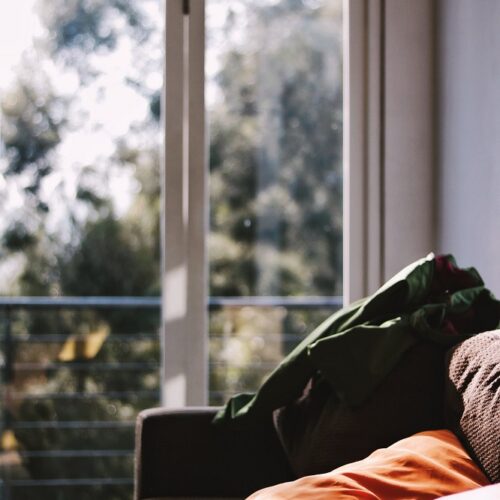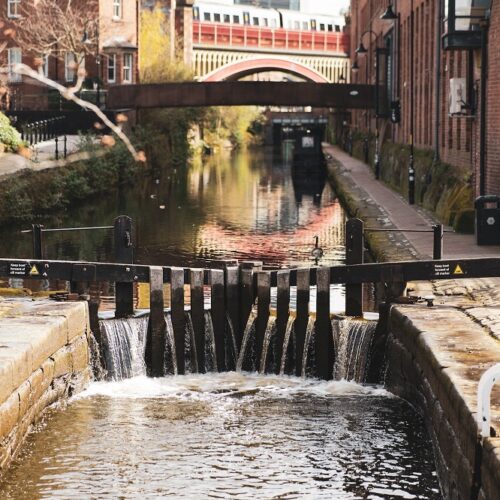We all like to think that our home protects us, keeping us and our family safe and healthy. Indeed, that’s one of its main objectives. However, there are potential health threats that can sneak in there over time, and what’s more, there are some that might have been there all along, especially if it’s an older home. Here, we’re going to look at some of the most common dangerous substances that can be found in the home, and what you can do about them.

Mould And Mildew
Dampness issues are very common problems in the home, especially those that haven’t been effectively weatherproofed or that don’t have great air quality. Mould and mildew are especially prevalent in bathrooms, basements, and around any leaky windows. While some types might be armless, some can trigger allergies and respiratory issues, with black mould being a particular concern. If you can smell musty odours or your home has a lot of condensation buildup, it’s worth checking for mould. Fixing the source of any air leaks, regularly wiping away condensation, and dehumidifying the home can help. Other than that, cleaning away mould, using resistant paint over affected areas, or even using mould remediation services might be necessary.
Asbestos
While mould and mildew occur naturally, asbestos is the most common health risk associated with home construction and improvement. This substance was primarily used for its heat resistance and strength, but was outlawed in the 1990s when its links to lung cancer and the highly lethal mesothelioma were discovered. If your home was built before that period, it might be worth investing in an asbestos survey. This substance can be removed from the home, but professionals are recommended to ensure that you’re entirely thorough about it.
Lead
While it’s less of a concern these days, lead is another risk in older homes, as it was commonly used in paint and other products before 1980, including pipes. Even homes that have had lead recently removed might have contaminated dust, which can be inhaled and ingested, posing especially serious risks to children and pregnant women. You can have your water tested as well as any suspicious paint checked. Lead and be scraped or sanded off and cleared away relatively easily, thankfully.
Radon
Rather than being used in home construction, radon is a naturally occurring and totally invisible gas that can seep up into buildings through the foundations or cracks in the basement. This is a radioactive gas and is the second leading cause of lung cancer. Radon levels can differ depending on what region you’re in, but even more recently built homes can be affected by it. Check to see if you’re in a radon-heavy region and consider purchasing a DIY kit to test for it. There are methods to prevent it from getting into the home if it is detected, such as sealing up the foundation or installing sub-slab ventilation.
Don’t stand for any potentially dangerous substances in your home. There are services that can help you get on top of them and get rid of them, so don’t delay. Your health depends on it.
Collaborative post
© Copyright 2025 Antonia, All rights Reserved. Written For: Tidylife


Leave a Reply